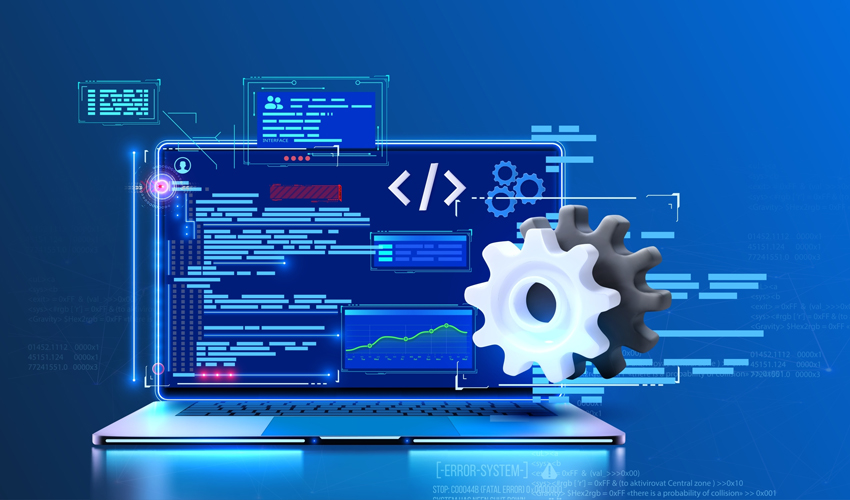
by George Whittaker
Introduction
Embedded systems have become a cornerstone of modern technology, powering everything from IoT devices to automotive control systems. These specialized systems rely on software that is lightweight, efficient, and highly optimized for specific hardware configurations. At the heart of this software stack lies the Linux kernel, which is widely used in embedded devices due to its flexibility, robustness, and open-source nature.
However, the generic Linux kernel is often bloated with unnecessary drivers, modules, and features that are irrelevant for embedded applications. For developers working on embedded systems, building a custom Linux kernel is not only a means to optimize performance but also a way to reduce the system's resource consumption, improve security, and enhance hardware compatibility.
In this article, we will guide you through the intricate process of building a custom Linux kernel for embedded systems. We will explore the reasons for kernel customization, the necessary prerequisites, step-by-step instructions for configuring, compiling, and deploying the kernel, and finally, best practices to ensure stability and performance in production environments.
Why Customize the Linux Kernel for Embedded Systems?
Performance Optimization
One of the key reasons to build a custom Linux kernel for an embedded system is performance. The default kernel comes packed with features that are designed to work across a wide range of hardware platforms, but these general-purpose features are often unnecessary in embedded applications. By removing unused drivers and modules, you can significantly improve system performance, reduce boot times, and optimize resource usage. This allows the embedded system to run faster, with fewer interruptions and lower power consumption, which is crucial for devices with limited computational power or battery life.
For instance, an IoT device running on an ARM-based processor doesn't need support for high-performance networking protocols or advanced graphical interfaces. Customizing the kernel ensures that only the essential features are included, thus reducing overhead.
Reduced Resource Consumption
Embedded systems often operate with limited memory, storage, and CPU power. A lean, stripped-down kernel can minimize memory usage, helping the device operate more efficiently. By eliminating unnecessary features such as unused file systems, debugging symbols, and kernel-level services, you can conserve valuable system resources. This is especially important for real-time embedded systems, where even small inefficiencies can result in delayed responses or missed deadlines.
Go to Full Article
More...